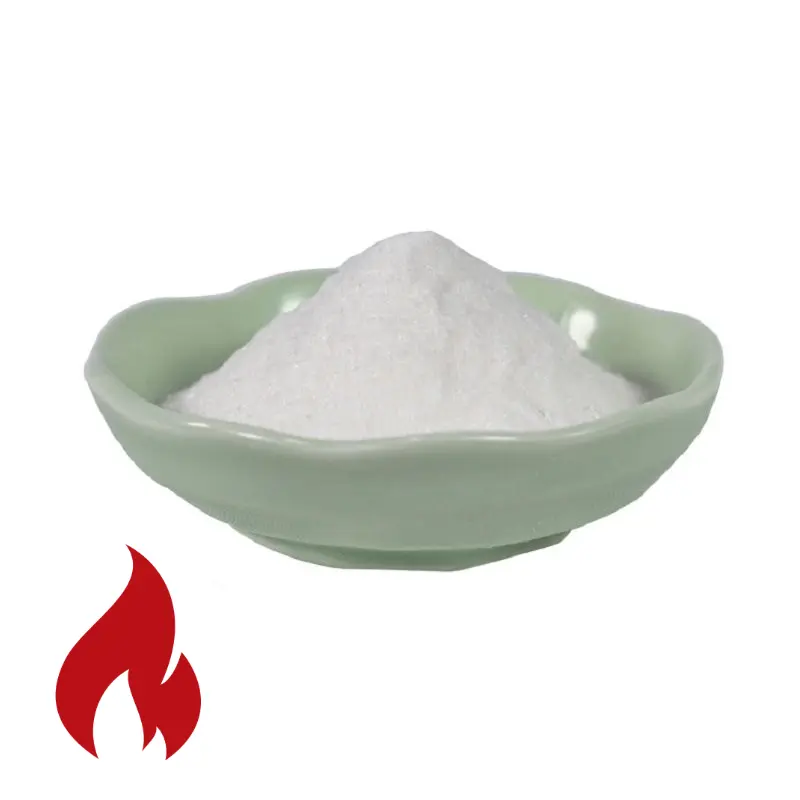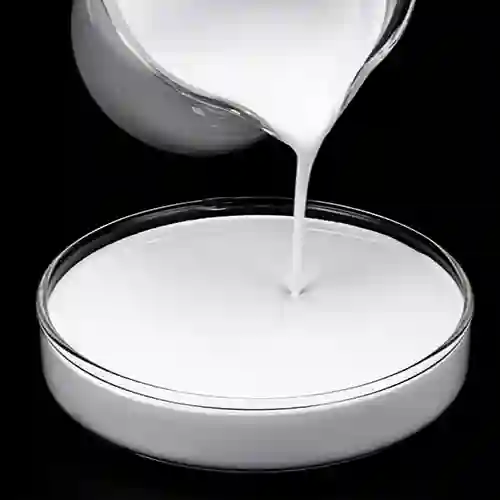Hebei Messi Biology Co., Ltd. stated that the production of magnesium hydroxide by magnesium oxide hydration is a very old process that is still in use. The main raw material is light-burned magnesium powder (magnesium oxide) obtained by light-burning magnesite. Enterprises sometimes Also called caustic magnesium powder. The purity of this magnesium oxide mainly depends on the grade and purity of magnesite, because it is generally calcined directly without purification, and almost all non-volatile impurities remain in the magnesium oxide. But even so, it is generally sufficient as a raw material for the production of magnesium hydroxide for wastewater neutralization and flue gas desulfurization. Especially the purity of magnesite in Northeast my country is relatively high, and the content of harmful impurities such as heavy metals is low.
Light-burned magnesium oxide powder can be directly hydrated after preliminary screening to obtain magnesium hydroxide. The chemical reaction formula is as follows:
MgO+H2O=Mg(OH)2+16.87kJ. Studying the hydration kinetics and hydration mechanism of magnesium oxide is one of the keys to improving production quality. Under normal circumstances, hydration is relatively complete, but sometimes it can cause “inclusion” and “adhesion”, which affects subsequent filtration and dispersion.
The sources of raw materials for the magnesium oxide hydration method include the following: magnesite calcined magnesium oxide, brucite calcined magnesium oxide, dolomite carbonization method basic magnesium carbonate calcined magnesium oxide, etc. The magnesium oxide hydration process basically does not have the function of removing impurities, that is, the impurities in the raw material magnesium oxide are basically brought into the product magnesium hydroxide, except for individual soluble salts. Put the above-mentioned magnesium oxide into a reaction tank filled with hot water, and stir while adding. After the addition is completed, it is kept warm and aged for about 2 hours, and then solid-liquid separation, drying, and crushing are performed to obtain magnesium hydroxide powder. If a suction filter is used, paste magnesium hydroxide can be obtained.
Generally, enterprises can produce slurry products with a magnesium hydroxide content of 30% to 36%; cake-shaped products with a magnesium hydroxide content of 2% to 55%; and powdered products with a magnesium hydroxide content of ≥96% according to user needs. This method is characterized by wide sources of raw materials, easy operation and low price. The disadvantage is that it can only produce low-grade magnesium hydroxide. If high-purity magnesium hydroxide is required, other methods such as the brine-ammonia method must be used.


